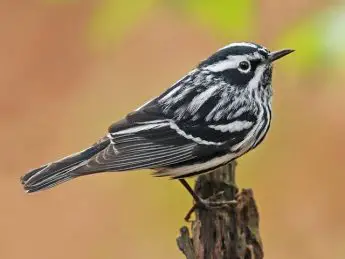Introduction
Quick Navigation
Animals are wonderful beings that share the world alongside humans. They come in different classes and families, each of which has its peculiarities and distinct nature. The animal kingdom is very broad, which is why several disciplines have been dedicated to the study of the different branches. Animal species are sub-divided into mammals, reptiles, amphibians, and birds. Birds, on their part, are wonderful creatures who fill our airspace with beauty and warmth. One distinct feature about birds is that most of them can fly, and this makes them unique animals. There are also flightless birds in the aviary world that move by swimming or running. The world’s largest bird, the ostrich, is a flightless one with wings and is one of the fastest land animals.
See also; can birds eat raisins
Like most animals, birds exist in numerous species which are also different from each other. Certain features distinguish them from one another, such as physical appearance, social behavior, habitat, and feeding habits. The physical features are very relevant in identifying bird species, and this includes their color, wingspan, tail length, and beak structure. Birds with black and white plumage span across several species as most bird families and sub-species have members with these colors.
Black and white birds are easily recognizable and spotted out because of the simplicity of the colors. Most birds come in the plumage of black and white. In some birds, white is the dominating color, while in others, black is more. Birds with this kind of plumage can still be told apart as the color combination takes different forms. For some birds, the black color is restricted to just the wings, while in others, it is their tails or bellies.
Check also; can birds eat almonds
These birds are relatively found in almost all regions of the world in different population ranges. Most of them are flying animals, while a few are flightless. The flightless ones are usually not recognized as black and white birds by most bird magazines. This is the case of penguins native to Antarctica and other icy regions. They are black and white but are rarely listed among other birds. It is also worthy to note that some regions have these birds more than others.
Most of these flying creatures in Africa fall into this category, and several of them are natives and permanent residents. One important thing to note is that black and white birds are abundant in regions where they are found.
See this; blue footed booby
Black and white birds and their description
Several birds come in black and white plumage; this does not relegate them into one family as most of them just share similar plumage. They cut across different species and bird classification. Most birders find it easy to spot them as the human eyes are easily tuned to sighting basic and foundational colors. It is also necessary to state that these birds, as often good fliers as black feathers and wings, are stronger than white and other colored ones. The following are a few names of black and white birds and their distinct nature:
Black and white warbler
These small songbirds are a beauty to behold and wonderfully stand out as their bodies are designed with bold stripes of black and white which form a fascinating pattern. Most male adults have very noticeable black spots on their cheek and underside. The fairly long bill, often curved downward which they possess, helps them to search for insects within the cavities and barks of trees. Commonly found in deciduous trees and mixed forests, they perch in high trees where they gradually build nests.
Check this too; black and yellow birds
Pied crow
The birding world stands in awe of this black and white species as black plumage covers its head, neck, tail, and legs with just an intersection of white in its mid-region and underside. This glossy combination gives this bird an outward appearance which is fairly intriguing to watch. These birds are commonly found in Africa, where they reside in relatively large numbers. Generally found in country areas like villages and towns, these birds are rarely seen in places devoid of human habitation and so are people friendly. These social birds often travel in groups and feed on small invertebrates, insects, grains, and seeds. They can be frequently spotted in several African cities where have fairly large numbers and have successfully blended with human society.
Pied butcherbird
A touch of black and white plumage in a bird can be a beautiful combination, and this is seen in this bird species whose black head, brown eyes, white-collar and black throat give off a majestic appearance. It is commonly found in Australia, where it thrives and resides. Its long, hooked bill gives it an edge when in search of food as it can easily pick insects and small animals like lizards and little birds, which is a major part of its diet. This bird can be fascinating to watch while feeding as it usually pins its prey in between cracks and wedges and tears it off bit by bit. This action is significantly linked to the origin of its name. It is a social bird commonly seen in groups and is known to mimic other bird calls and even sounds from inanimate objects.
See this also; birds of Wisconsin
Pied currawong
This is another native bird of Australia whose plumage and eye color sets it apart because it is mostly black with white under patches and wingtips. Its black feathers, which are strongly coupled with yellow irises and a heavy beak, make it an easily identified bird. This medium-sized bird sings melodiously at various times of the day and can be found in wet forests, rural and semi-urban environments. It is an omnivorous species that feed on fruits, berries as well as small invertebrates and vertebrates. The color of its eyes is one easy way birders identify the Pied currawong.
Conclusion
Black and white birds are quite common globally and seem to be evenly distributed among the different regions of the world. One thing is for sure, every black and white bird has a distinct pattern to its plumage unique to it alone.

